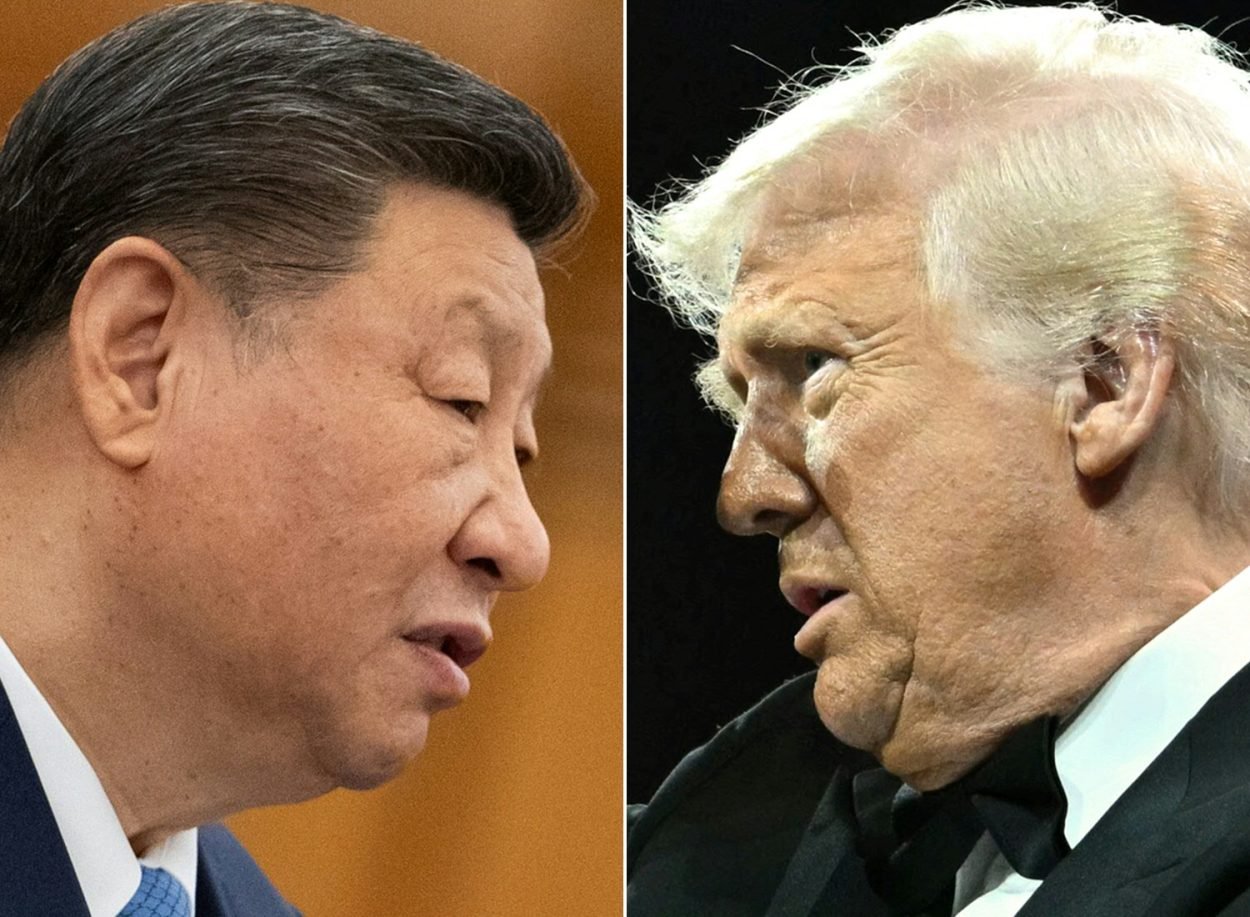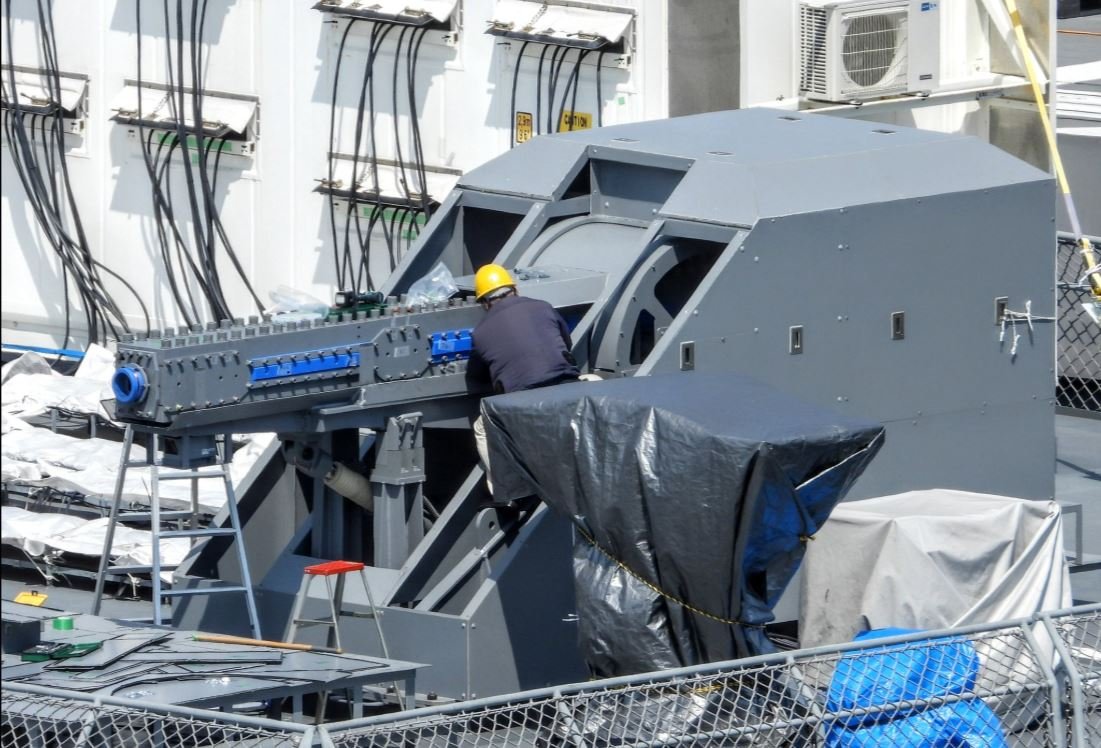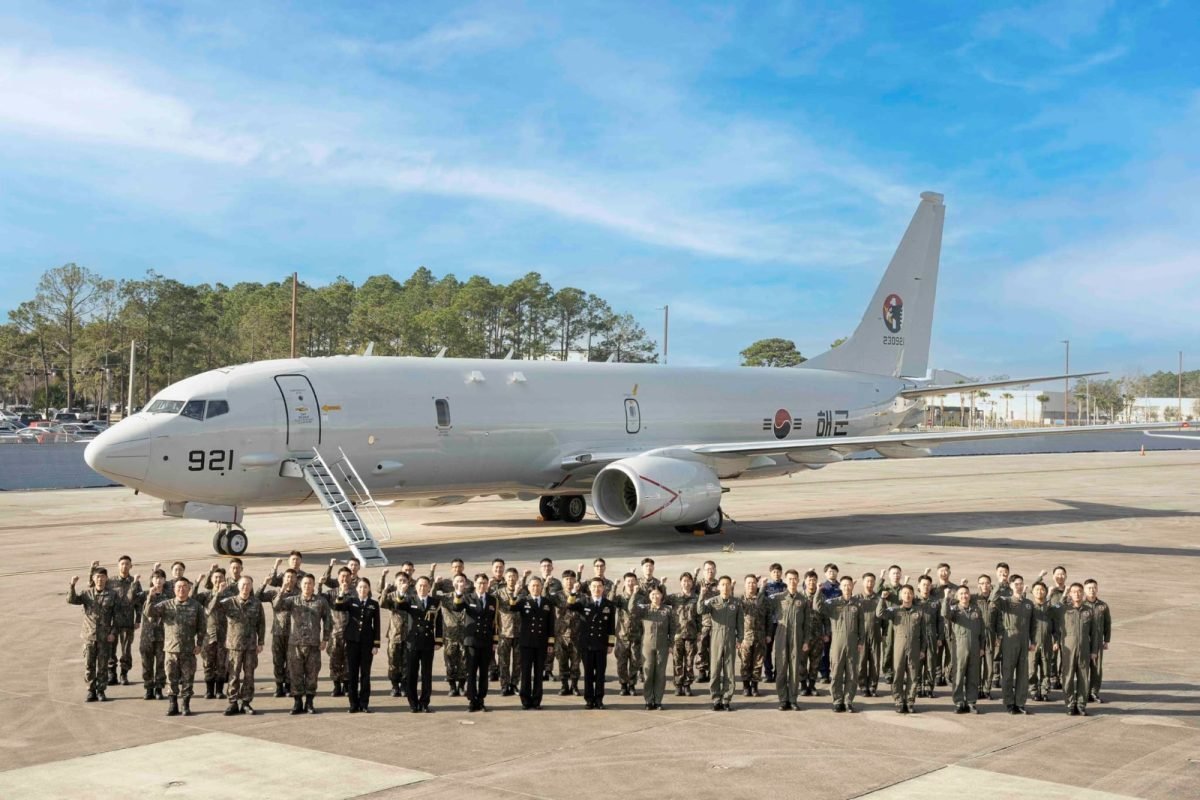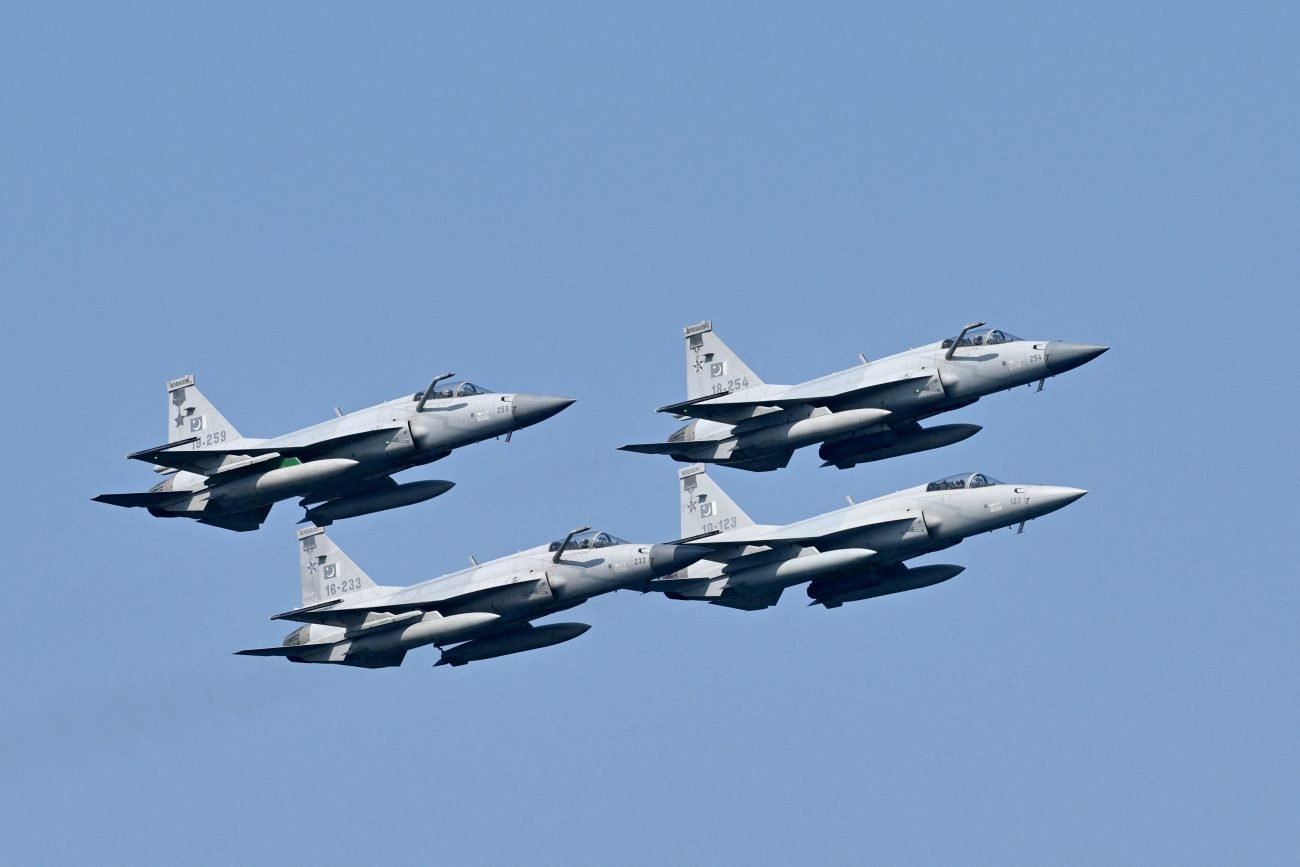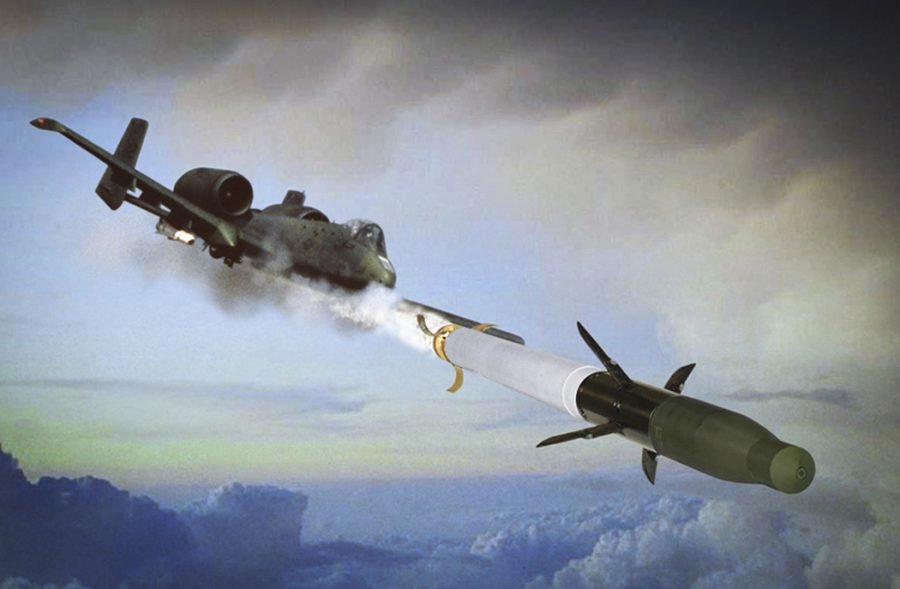The US Defense Industrial Base (DIB) is “dangerously unprepared” for the demands of great power competition. Despite a nearly trillion-dollar defense budget in FY2025, the US is struggling to meet its current operational needs in Ukraine, the Middle East, and the Indo-Pacific.
Furthermore, the US is woefully unprepared to surge defense production in the event of a conflict with a near-peer power like China or Russia, and the Pentagon remains critically dependent on Chinese suppliers despite years of efforts to decouple supply chains.
This sobering reality of US defense preparedness is presented in the 2025 National Security Scorecard report prepared by the Washington-based data analytics firm Govini.
Chinese firms still accounted for 9.3 percent of the primary contractors, or Tier 1 suppliers, involved in major US defense programs across nine critical sectors in 2024, according to the report.
It further warns that the US’s adversaries, such as Russia and China, are much better prepared for a war or conflict situation.
“China’s relentless three-decade military modernization— with an estimated $236 billion expenditure in 2024—and Russia’s industrial surge capacity—quintupling artillery shell production since 2022— starkly contrast with the U.S. DIB, which faces chronic challenges.”
The report blames “decades of consolidation, inconsistent demand, and bureaucratic
rigidity” for the US’s sorry state of defense preparedness.
A combination of these factors has created a situation where the US, despite its decades of investment in the military-industrial complex, remains dependent on foreign suppliers, even on adversarial countries, for critical components, spare parts, technologies, and supply chains.
The report lays bare the US dependence on foreign suppliers across nine critical sectors: Aviation, Maritime, Ground, Space, C4I, Missiles & Munitions, Missile Defense, Nuclear, and Mission Support.

US Dependence On Foreign Suppliers
A common theme across all nine sectors is the high dependence on adversarial countries, primarily China, for the supply of critical components.
“The United States is not prepared for the war that we may have to enter if China says, ‘today is the day,’” said Tara Dougherty, chief executive of Govini.
According to the report, the missile defense sector had the most significant reliance on Chinese suppliers, having a share of 11.1 percent.
The nuclear sector, on the other hand, had the lowest reliance on China, at 7.8 percent. However, even in the nuclear sector, China had the highest number of suppliers at 534, much ahead of those based in friendly countries such as the UK (366), Japan (230), or Canada (405).
Similarly, in the munitions supply chain, the US dependence on Chinese suppliers stood at 10.6%. The US dependence on China in Ground systems was 10.2%, in Maritime 10.1%, in Aviation 8.5%, and 8% in Space.
Overall, in the nine sectors, only about 37% of tier 1 suppliers are based in the US. Nearly 10% of the suppliers are based in countries with which the United States has adversarial relations, with almost 9% of them based in China alone.
As many as 35% of the suppliers are based in allied countries, and 18% of suppliers are based in neutral countries (primarily India).
According to Murphy Dougherty, there are no easy answers to reducing the US dependence on China.
“I’m not even sure that eradicating China from the supply chain is the right goal. I think it’s about dissecting these platforms into what’s critical and what’s not,” she said.
“Defense supply chains today are incredibly brittle. They’re not resilient. They’re very, very intricately tied to foreign suppliers,” she added.
US Dependence On China For Critical Minerals
The report highlights that the US Department of Defense has other dependencies on China. One crucial area is the US’s dependence on China for critical minerals, many of which are mined exclusively in China.
“China’s recent ban on the export of critical minerals underscores this vulnerability,” the report said.
China Ahead In Annual Patent Filings
Furthermore, China is much ahead of the US in registering patents in all nine critical fields. For instance, in the sensitive nuclear field, while China filed more than 200,000 patents in 2024, the US filed approximately 50,000 patents.
Similarly, in the Space sector, while China filed more than 300,000 patents in 2024, the US filed fewer than 100,000 patents.
The Dependence On Prime Contractors
The report also underlines other areas of concern for the US DoD, such as over-reliance on prime contractors.
Murphy Dougherty noted that the same elite group of prime contractors gets the lion’s share in each of the nine mission areas. “We are very, very reliant on a small number of companies at the prime level,” she said.
“We are talking in this space so much about new entrants and challenging defense primes and all of that, [but] the reality is that vendor concentration in the defense market is incredibly high, and essentially your top 10 companies in defense still carry the day,” she said.
“Across the defense ecosystem, a small cadre of top-tier vendors commands a dominant share of government spending. This concentration is most pronounced in the Department of the Navy, where the top 10 vendors capture 77% of all awarded dollars and the Department of the Air Force, at 73%. While less extreme, the Army still sees 60% of its funds directed to its top 10 suppliers.”
The report warns that such a high degree of concentration reflects the growing problem of
consolidation, which creates fragile supply chains and single points of failure, stifles innovation, limits surge capacity, and reduces the government’s leverage in negotiating costs and schedules.
Overall, the report paints a sobering picture of US defense preparedness.
“U.S. defense spending is at record levels, but we still can’t deliver what the warfighter needs at the speed required,” said Murphy Dougherty.
Compared to China and Russia, the US lacks surge capacity, and there is no real-time connection between battlefield demand and industrial response, the report warns.
“Our adversaries understand this vulnerability. They have built industrial systems designed for sustained competition, aligning production capacity with strategic objectives. Meanwhile, we struggle to translate urgent battlefield needs into manufacturing priorities, often learning of critical shortages only after operations are compromised,” the report warns.
- Sumit Ahlawat has over a decade of experience in news media. He has worked with Press Trust of India, Times Now, Zee News, Economic Times, and Microsoft News. He holds a Master’s Degree in International Media and Modern History from the University of Sheffield, UK.
- VIEWS PERSONAL OF THE AUTHOR.
- He can be reached at ahlawat.sumit85 (at) gmail.com
